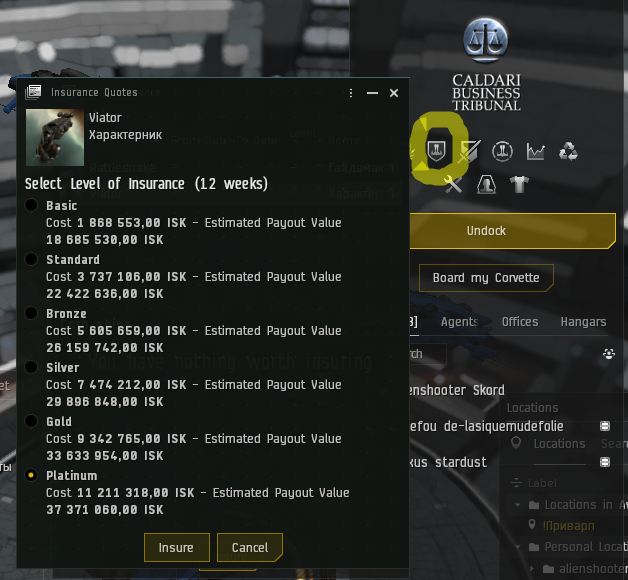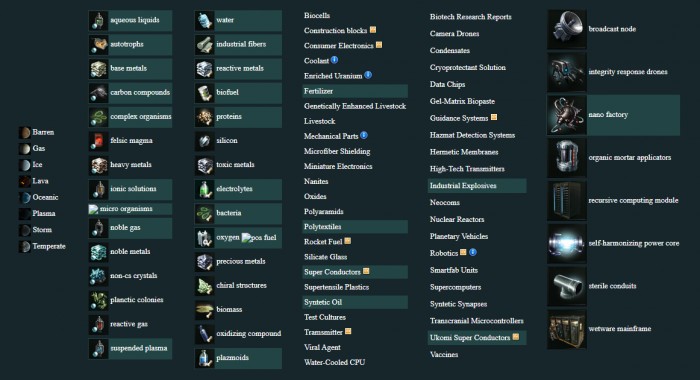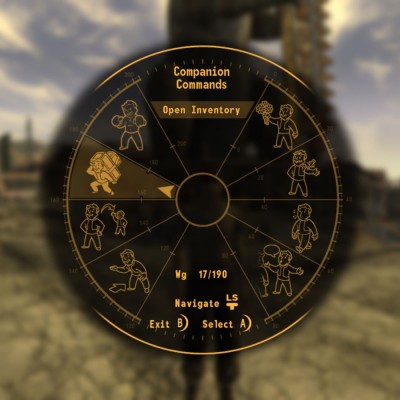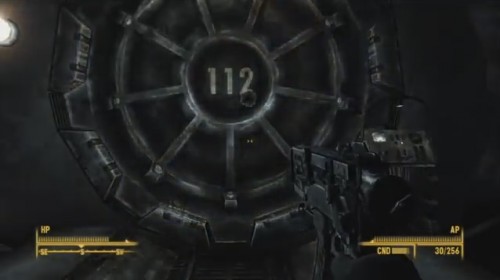11:48
Nash equilibrium
A Nash equilibrium is a state in game theory where no player can increase their payoff by changing their strategy unless all other players change their strategies. Simply put, it's a stable game outcome in which each player acts in their own best interests, assuming that others will also act in their own interests.
John Nash proved the existence of such an equilibrium in mixed strategies in any finite game:

Payoff matrix at the Nash equilibrium:

Examples
1) Factorio

This is a logic game, with very little randomness, and everything that typically happens or doesn't happen to you in Factorio is your doing or not doing. You can, for example, make it 2.1 using modules, but it won't affect the overall outcome.
2) Heroes 3

You might get something good from the box, something not quite good, or nothing at all. Either the morale of units during a battle can ruin a guard break, for example, and you'll lose your entire army. Or, conversely, morale can save the game at the right time, or a box, or even a magic cast, or a drop from the Dragon Utopia, etc.
Heroes is more about randomness and luck, although some logic in the actions is also present.
3) Prison Poker
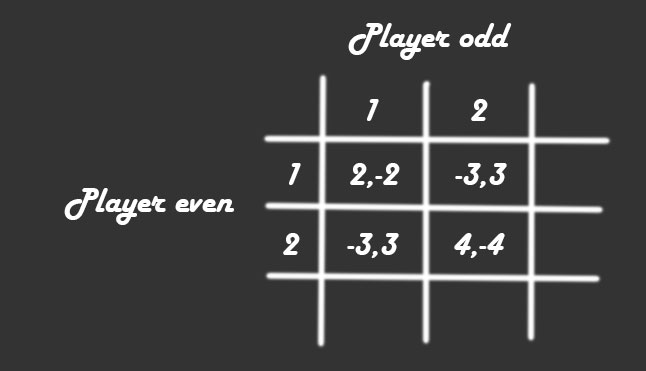
Player even - even player, player odd - odd player .
Game rules:
Two people play. On the count of three, they must show one or two fingers. Depending on the total number of fingers, the player on the even and odd sides wins. If there are two or four fingers in total, the player on the even side wins. If there are three, the player on the odd side wins.
In the screenshot above, you can see the winning matrix for even and odd players. This is usually played for money:
- Player even - $2, $4.
- Player odd - $3.
Prison poker is not a Nash equilibrium
In it, one side will always lose, and the other will always win, regardless of the game strategies.
Mathematical calculations in respect to John Nash:
- 1/2 [1] + 1/2 [2] - we are tossing a coin.
- Player odd (odd) [1] = 0.5 (-2) + 0.5 x 3 = -1 + 1.5 = 0.5
- Player odd (odd) [2] = 0.5 x 3 + 0.5 (-4) = 1.5 - 2 = -0.5
Finding the true equilibrium in prison poker, where the odd player (player odd) always wins:
- Player odd (odd) [1] = -2p + 3(1-p)
- Player odd (odd) [2] = 3p - 4(1-p)
- p = 7/12 or 7/12 [1] + 5/12 [2]
q = 7/12 is the probability for odd, slightly more often showing one finger than two.
The winnings for even and odd players with this strategy:
- Player even = -1/12
- Player odd = +1/12
Now the main question: why am I telling you all this?
Conclusion:
When choosing which game to play, or if you're offered to play something, you can apply a simple filter:
- you're offered a logic game like Factorio or chess, for example.
- You're offered a game of dice rolling and randomness like in Heroes 3, a game of luck.
- You're offered a game of prison poker on the even side, which will always lose to the odd side.
